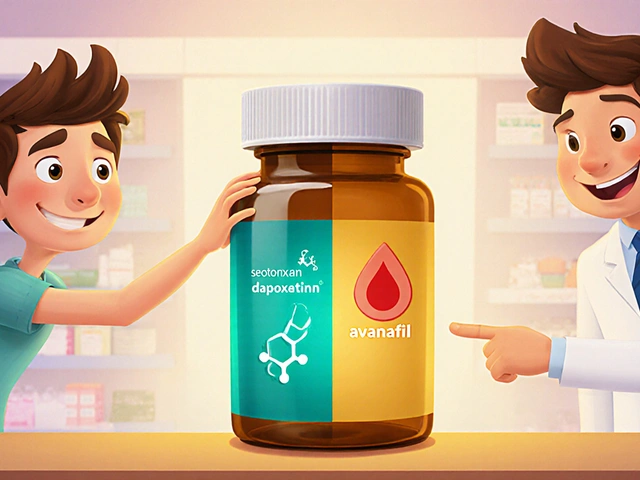Folate Deficiency: Symptoms, Risks, and Practical Solutions
Understanding folate deficiency starts with knowing why this nutrient matters. When dealing with folate deficiency, a shortfall of vitamin B9 that hampers DNA synthesis, red blood cell production, and overall cellular health. Also known as vitamin B9 deficiency, it often shows up as fatigue, shortness of breath, or a pale complexion. The body relies on folate to convert homocysteine into methionine, crucial for heart health, and to support the nervous system. Without enough folate, the bone marrow can’t produce healthy red blood cells, leading to a type of macrocytic anemia that makes everyday tasks feel harder. Recognizing the signs early can prevent the cascade of problems that follow, especially for people with higher nutrient demands.
How Folate Links to Anemia, Pregnancy, and Birth Outcomes
One of the most common companions of folate, the water‑soluble B‑vitamin found in leafy greens, legumes, and fortified grains
Another key player is anemia, a condition where the blood lacks enough healthy red cells to carry oxygen. When folate levels drop, the bone marrow releases larger, less functional red cells, a hallmark of folate‑related anemia. This type of anemia often co‑exists with iron deficiency, but the treatment focus shifts to boosting folate intake through diet or supplements. For many, a simple daily multivitamin with 400‑800 µg of folic acid can reverse the blood‑work abnormalities within weeks. During pregnancy, the period when a woman's body supports the growth of a new life, the demand for folate skyrockets. The developing fetus needs folate to close the neural tube—a structure that becomes the brain and spinal cord—within the first month of conception. Inadequate folate raises the risk of neural tube defects (NTDs) such as spina bifida and anencephaly. Health agencies therefore recommend a daily supplement of at least 400 µg of folic acid for women of childbearing age, even before they know they’re pregnant. This preventive step can cut the incidence of NTDs by up to 70 %. The relationship between neural tube defects, birth abnormalities caused by incomplete closure of the early brain and spine and folate deficiency is a textbook example of a nutrient‑linked birth outcome. Research shows that women who maintain adequate folate levels before conception are far less likely to have babies with these serious conditions. For families with a history of NTDs, doctors may suggest a higher dose—up to 4 mg of folic acid daily—under medical supervision. Putting it all together, folate deficiency connects to anemia, pregnancy, and neural tube defects in a clear cause‑and‑effect chain: low folate → impaired red blood cell formation → anemia; low folate during early pregnancy → increased risk of NTDs. Addressing this deficiency involves a three‑step approach: (1) assess dietary intake, (2) confirm blood levels with a simple test, and (3) supplement or adjust diet accordingly. Foods rich in folate—spinach, lentils, broccoli, oranges—are excellent, but many people still need the added safety net of a daily supplement. Below you’ll find a curated set of articles that dive deeper into each of these aspects, from practical buying guides for affordable supplements to detailed looks at how folate interacts with other medications and health conditions. Whether you’re just learning the basics or looking for specific strategies to manage a health condition, the collection offers clear, actionable information to help you keep your folate levels on point and avoid the downstream health issues that can arise from a shortfall.

Folate Deficiency Myths Busted: Real Facts About Vitamin B9 and Health
Discover the truth behind folate deficiency myths, learn how to spot real symptoms, and get practical tips for diet and supplementation to stay healthy.
Categories
- Health and Medicine (40)
- Medications (40)
- Health and Wellness (34)
- Online Pharmacy Guides (15)
- Nutrition and Supplements (7)
- Parenting and Family (3)
- Environment and Conservation (2)
- healthcare (1)
- prescription savings (1)
Popular Articles



